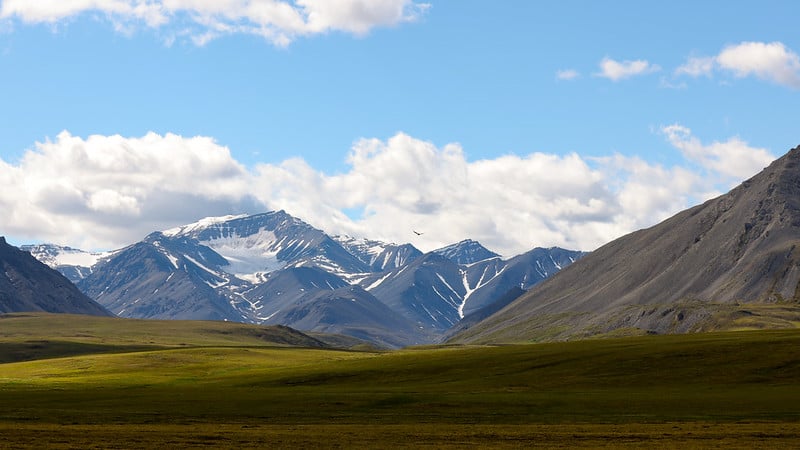Orange Rivers in Alaska

Photo: Alaska Region U.S. Fish & Wildlife Service/Flickr
Last week MidCurrent reported on a disturbing new story from Scientific American which details how some of Alaska’s rivers are turning orange.
Alec Luhn did a wonderful job explaining the issues going on in Alaska, and I highly recommend you read his story. To summarize, though, Luhn accompanied scientists who were studying climate change in Kobuk Valley National Park, along the southern edge of the Brooks Range in Alaska. The scientists were on a tributary of the Salmon River that has turned completely orange.
According to Luhn, “the streambed was orange, as if the rocks had been stained with carrot juice.” And this tributary of the Salmon isn’t the only river observed turning orange, either.
“The same thing is happening to rivers and streams throughout the Brooks Range—at least 75 of them in the past five to 10 years—and probably in Russia and Canada as well,” Luhn wrote. “This past summer a researcher spotted two orange streams while flying from British Columbia to the Northwest Territories.”
The cause of the orange coloration is likely due to thawing permafrost. In Kobuk Valley, in particular, scientists have observed a significant warming trend since at least 2006. Minerals locked in the permafrost are leaking into the rivers.
But it’s not just an odd orange color that presents a problem for America’s Last Frontier. The leaking minerals are also destroying aquatic life in these rivers. From fish to aquatic insects, the streams are barren of life, extremely acidic, and dissolved oxygen levels are well below what fish need to live and thrive.
The thawing permafrost is also acidic enough that it’s literally burning through wetlands, leaving fire-like scars across the once-pristine landscape.
Again, this story is so intricate that it demands you read through the entire write-up. But in the interim, it’s important to learn about the issues facing Alaska, and any potential ways we can help.
Salmon, Mines Compete Over 'New' Rivers
Washington's Wildlife After Dam Removal











